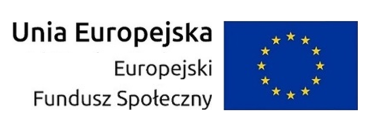Zbieżność automatu komórkowego reakcji-dyfuzji do modelu równań różniczkowych cząstkowych - kontynuacja
- Prelegent(ci)
- Jan Wróblewski
- Afiliacja
- MIM UW
- Termin
- 8 maja 2024 14:15
- Pokój
- p. 5070
- Tytuł w języku angielskim
- Convergence of a cellular automata reaction-diffusion model to the PDE model - continuation
- Seminarium
- Seminarium Zakładu Biomatematyki i Teorii Gier
During the seminar in January, I presented my work on convergence of a reaction-diffusion Cellular Automata (with a very specific reaction) to the PDE model.
This CA contains p * n^2 molecules of three kinds on an n x n grid performing a random walk and randomly reacting with each other with some probability that matches the PDE. As the number of molecules increases the overall variance of this model decreases and converges to an open Euler reaction-diffusion PDE discretization with time splitting, which then converges to the PDE model.
I presented a part of the outline of the proof of this convergence. In this seminar, I'd like to finish explaining the proof along with some tricky parts such as:
- how did I overcome the Lipschitz continuity requirement for a reaction function that scales quadratically, or (correlated)
- how do I prevent the proof from breaking apart when there are places with too many molecules?
I'd also like to present how I proved convergence of my reaction in a single cell to reaction ODE, even though the variables within this random process are correlated in a complex way.
If time permits, I'd also like to show some of the more interesting experimental results showing interesting properties of my reaction-diffusion model ("almost" mean curvature flow).
If time permits, I'd also like to show some of the more interesting experimental results showing interesting properties of my reaction-diffusion model ("almost" mean curvature flow).
 Nie jesteś zalogowany |
Nie jesteś zalogowany |



















